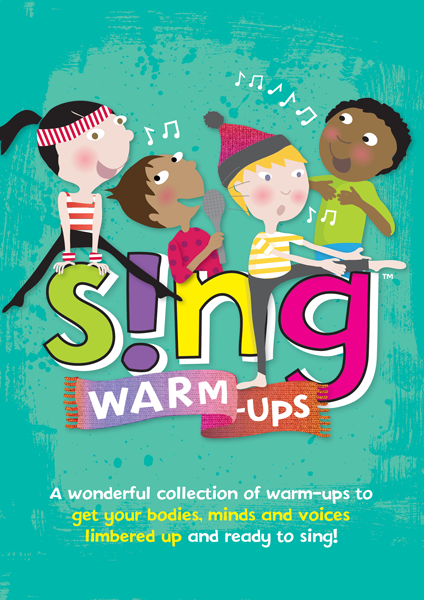
Picture this. You’ve been dreaming of that perfect vacation for a while now – wistfully looking through catalogues, choosing a destination, planning excursions or checking the Waterstones ‘We recommend’ lists for some great holiday reads. The day has finally arrived: school’s been wrapped up, the suitcase is packed and the plane has boarded.
The pilot’s voice comes over the loudspeaker: ‘Good morning ladies and gentlemen. It's a b-e-a-utiful morning and I just can’t wait to get going! We won’t worry about pre-flight checks today. Let’s rev the engines, speed down the runway and hit the skyway. It’ll be fine. Woohoo!’
I don’t know about you, but at this point I’d be heading for the door marked ‘emergency exit’ quicker than a politician could file an expenses claim!
Why is it, then, that when we’re singing many of us are so eager just to take flight and get straight into the song? For any kind of performer, warming up is the equivalent of a pre-flight check.Making sure that everything is in working order and where it should be, and then getting things moving gently without putting them under too much stress before we take off.
For children’s voices this is particularly important. You’ll get so much more out of your choir or assembly singing if you spend a little time getting everyone ready.
Here is our quick guide to five essential warm-ups:
1. Wake up your body
Reach up to the ceiling and then relax and let your body hang loosely. Circle your shoulders up to your ears and down again. Perform a gentle hip waggle. Finally, shake those legs out all the way down to your ankles.
2. Breathe
Put your hands on your tummy breathe in, then out, making a ‘sh’ sound. Feel your tummy moving as the air is expelled.
3. Relax your throat
Try some gentle humming with your mouth closed.
4. Warm up your larynx
Siren-ing is great for this! To an ‘ng’ sound, start in the low-middle register and sweep gently up and down, gradually increasing your range. Don’t try to sing too high at this stage.
5. Get the jaw and lips moving
Get rid of any tension; practise an exaggerated chewing action to get the jaw moving, then, placing your finger on the jaw hinge, let the jaw drop and relax. Bubbling is great for getting the lips and mouth warmed up. Keep your lips closed but relaxed, sing to an ‘uh’ sound and let your lips ‘bubble’ in the airstream. You could even take a nursery rhyme and try alternating singing one line with bubbling the next.

Follow these simple steps and you can be sure that your rehearsal or performance will really fly!
If you have a favourite warm-up technique or tip, we’d love to hear about it!

Click here to post a comment.




